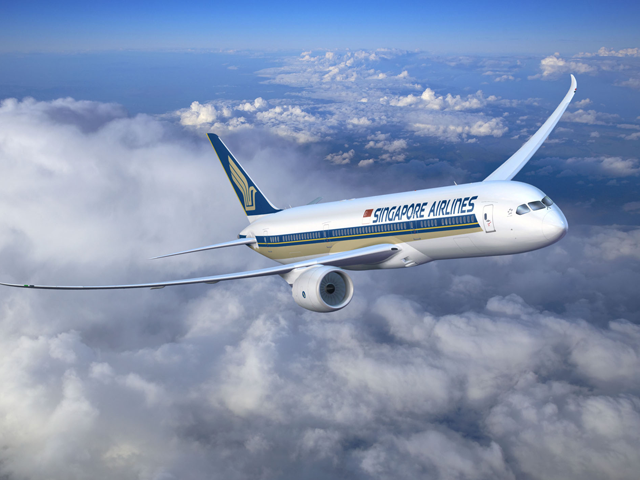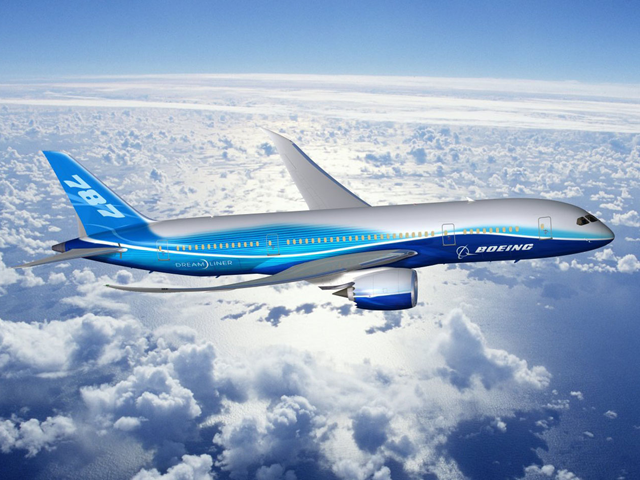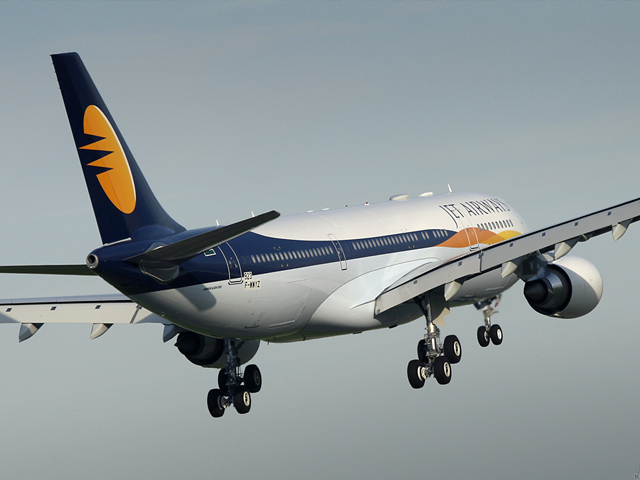The Bay Area Air value Management District receives around 3,000 air pollution complaint every year from members of the public. Virtually 1,700 of these complaints are connected to smell. Members of the public are keenly aware of air pollution events in their communities and often act as first indicators of air quality troubles to the Region. Suitable declaration of complaints is one of the most chief and hard responsibilities of Region staff. In fact, other than a violation in development, responding to complaints from the public takes preference over all other duties assigned to inspectors.

If you wish to record a complaint about air pollution, the following information will tell you about the process and give you some instructions that will help us respond to your complaint in the most professional way.
Common Information
- Every complaint is investigated individually by a field checker.
- Whenever likely, complainants are contacted in person unless they specially request otherwise.
- The names and addresses of complainants are secret and are divulged to no one but Air District staff, except where required in matters during before the court. Or, you may record your complaint in secret.
- District Inspectors prepare a written report for each complaint inquiry and you may apply for a copy of the report if you wish.
- Complaints are never solicited by District workers. Air pollution complaints should be natural and self-generated.
Air Pollution Complaint analysis Complaints are regularly received for many air contaminants which may
include smell, smoke, dust, and argue. During regular
business hours, complaints are dispatched to an checker as soon as received, or, with very few exceptions, no later than 30 minutes after receipt. This ensures a prompt, timely analysis while the event is in
improvement.When complaints are dispatched, Checkers proceed directly to the region of the assumed source to determine the cause of the complaint. Checkers are often able to
quickly determine the likely source of emission. Complainants are contacted as soon as possible under the conditions at the time of inquiry. Checkers will contact each
complainant and will verify smell complaints in the presence of the complainant whenever possible.While Checkers attempt to ascertain whether a violation of air quality regulations has occurred, air quality complaints may even occur when an operation is in full
compliance with policy. But even if the suspected facility is in
compliance,
Air District Checkers will still strive to achieve early interference on any possible problems where possible in order to achieve successful decision The goal is to mitigate any
negative impact on the public. If a
violation is
documented, enforcement action will be taken.
 Public Nuisance
Public NuisanceThe air District can receive many complaints that are confirmed to a
exacting plant or ability. This occurrence may result in a purpose that the facility is creating a
public pain. The
California Health and Security Code and
District rules prohibit emissions of air contaminants which cause nuisance or annoyance to a considerable number of people, or that present a threat to public health, or damage to property.
Notice of ViolationWhen a
public nuisance or other violation of
state, national or
District policy and
regulations occurs, the District may issue a Notice of Violation to the
accountable individual or ability. California law provide that violations of
air pollution regulations may be prosecuted through either
managerial, social, or
illegal processes.If an individual or facility does not achieve compliance promptly after enforcement action has been taken, the Air
Pollution Control Officer may petition the
Air District's Hearing Board for an Order of Abatement.
Abatement Orders may require the addition or adjustment of air pollution control equipment and changes in operating procedures within a specified time-frame to eliminate the release of offensive air contaminants or excessive emissions.
Tips on Making a ComplaintAir pollution
complaints should be made as soon as possible after detecting a
smell or observing smoke or argue. The sooner a complaint is received, the sooner it is dispatched to the checker and the investigation can begin.
When making a smell complaint, a
good report is very helpful. Try to associate the smell with
something memorable to most people such as
rotten eggs, rotten cabbage, sweet or
sour chemicals, burning plastic, garlic, chlorine, asphalt. Some other useful descriptions are:
oily, musty, metallic, pungent, light and
heavy. Other helpful information is whether the odor is intermittent but recurring, or constant for longer periods of time, and how long you have been experiencing the problem. It is very
important for us to know what impact the emissions have had on you. It is also main to phone in complaints on each day that the difficulty is observed.
 5:19 AM
5:19 AM
 Charles dickens
, Posted in
Airport Shuttle Services
,
Bay Area Shuttle
,
san francisco airport limo
,
Transportation To San Francisco
,
0 Comments
Charles dickens
, Posted in
Airport Shuttle Services
,
Bay Area Shuttle
,
san francisco airport limo
,
Transportation To San Francisco
,
0 Comments


























